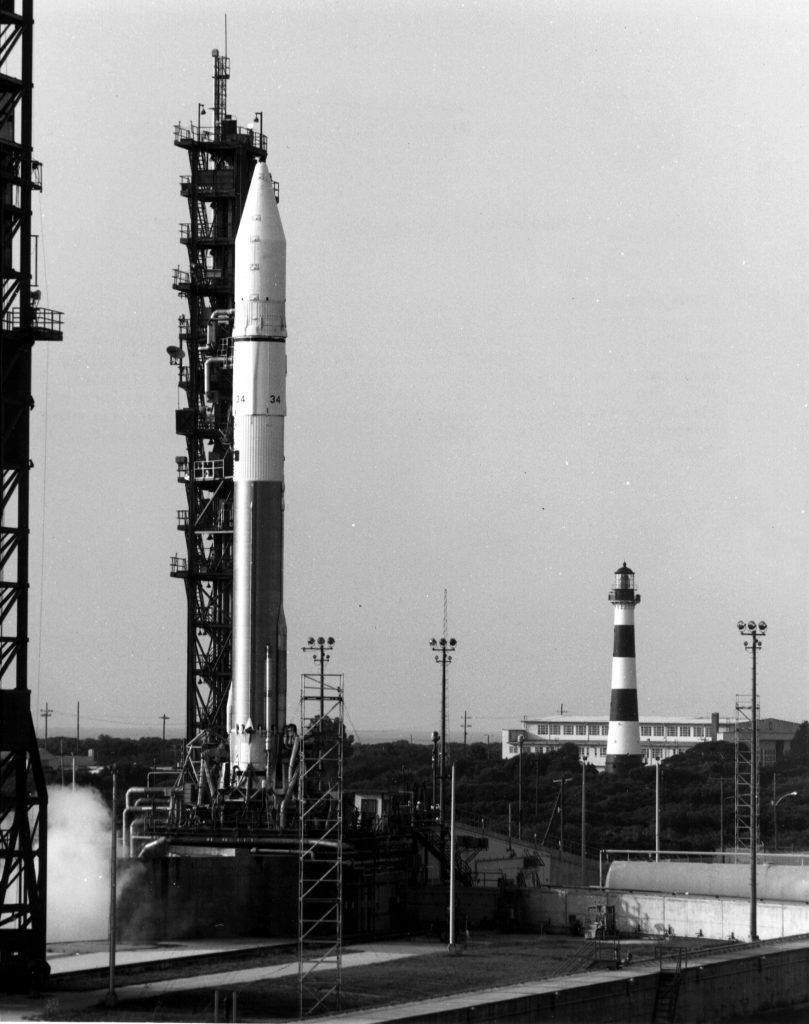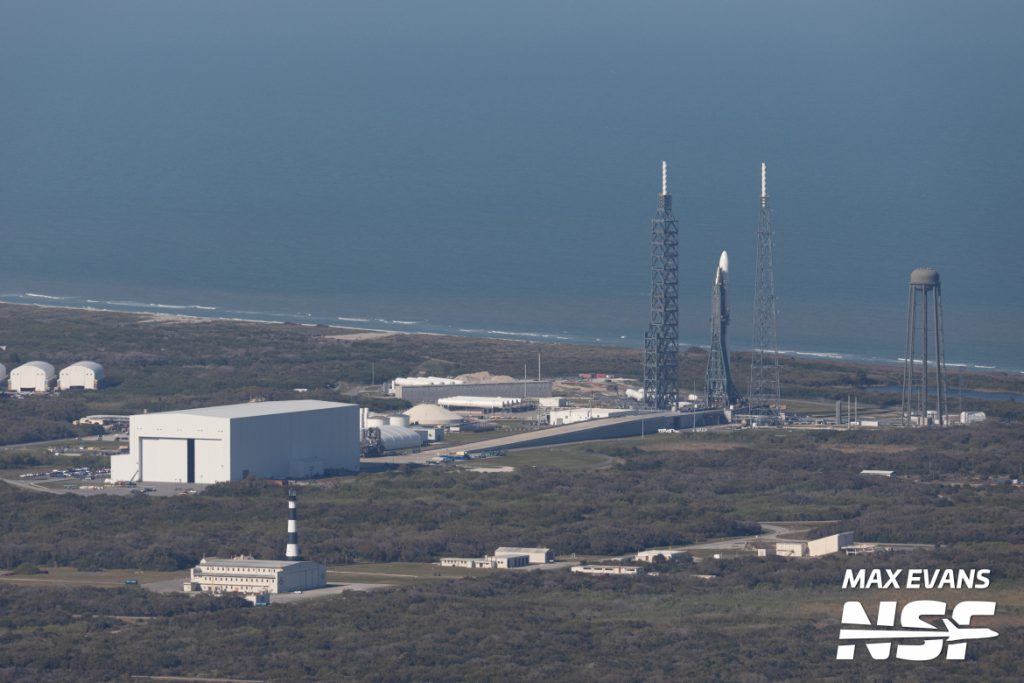Cape Canaveral Lighthouse – Throwback Thursday to 1973
The Cape Canaveral Lighthouse has stood the test of time and decades of historic rocket launches from the shores of Cape Canaveral.
History of the Cape Canaveral Lighthouse
The historic Cape Canaveral Light on Cape Canaveral Space Force Station in Florida serves as a navigational aid for boaters and fishing interests along Florida’s Atlantic coast. The U.S. Coast Guard operates the lighthouse’s beacon the U.S. Space Force owns the lighthouse.
The first lighthouse on Cape Canaveral was built near the tip of the Cape in 1848. The structure was only about 60 feet high with a rather dim light powered by whale oil. In 1859, work began nearby on a new, taller iron structure. Construction was halted during the Civil War, and the lighthouse was not finished until 1868. The structure, with a brick lining inside its iron exterior, was painted with its “daymark” black and white horizontal bands in 1873 to make it easier to identify during the day as a navigation point.
Between 1892 and 1894, the lighthouse was dismantled and moved to a new location about a mile from the coast, where it stands today
PHOTO BELOW: Launch Complex 36 in the foreground and the Cape Canaveral Lighthouse in the background – from September of 1973. (Photo courtesy of NASA).

Photo Caption: Atlas Centaur 34, undergoes tanking test on NASA Complex 36B at Cape Kennedy, Fla. Atlas Centaur 34 is under preparation to launch history’s first duel-planet flight, the Mariner mission to Venus and Mercury, scheduled for early November. With all events going as planned, the Mariner spacecraft will fly by Venus in early February, 1974, and reach Mercury in late march, 1974. The spacecraft, Mariner 10, will carry two television cameras to photograph the planets, and six other scientific experiments to return planetary and interplanetary data back to Earth.
Launch Complex 36 today is the launch site for Blue Origin’s New Glenn Rocket – See Photo below.

